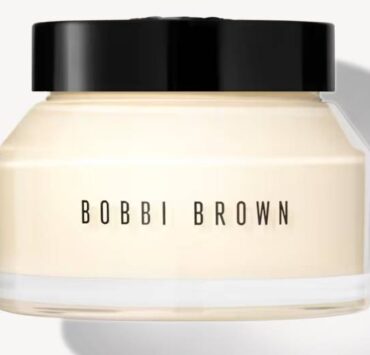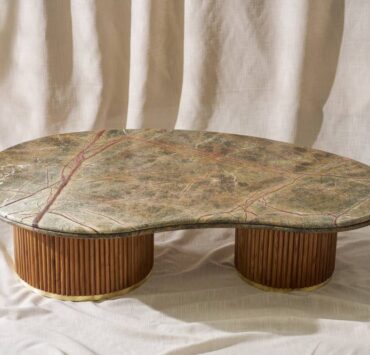Matthieu Blazy’s Chanel: A constellation of rebellion
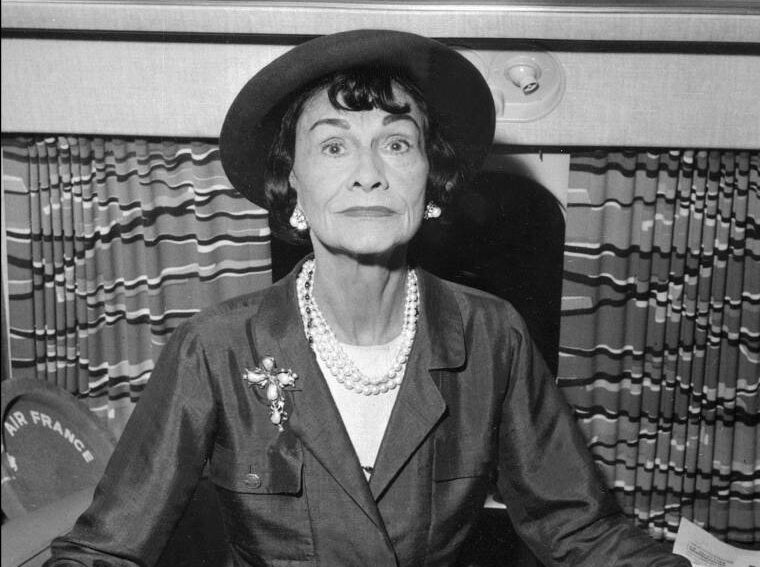
I woke up early Tuesday to a frenzy of posts from Paris Fashion Week’s show finale: Reels, clips, and images straight from the runway spamming my feed after Matthieu Blazy’s Spring-Summer 2026 show for Chanel. The Grand Palais had been transformed into a cosmic theater with glowing planets hung from the dome, reflections rippling across the runway like a Milky Way—a sense that Chanel had been launched into a new universe entirely.
By the time I was on my third coffee, scrolling from cynicism to awe, one thing was clear: It had reignited an industry on the brink of exhaustion, at a time when luxury fashion can barely justify its place amid the life-threatening realities that have filled our newsfeeds since—what, 2020?
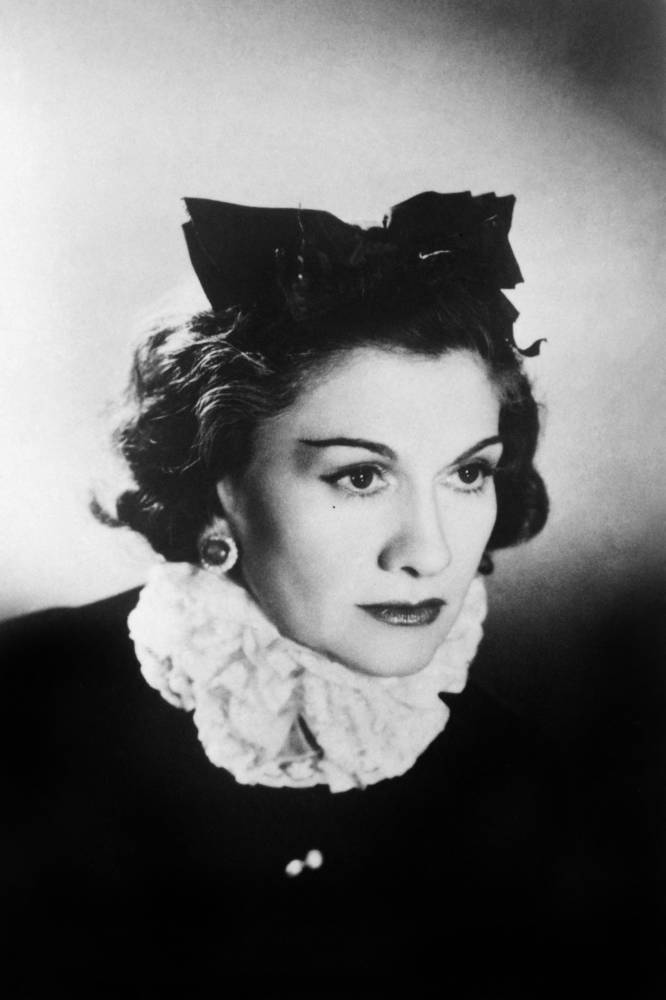
Just a few days ago, I double-tapped a post titled, “How Many Fashion Weeks Do We Really Need?” Like the retired fashion editor I’ve become, a little jaded, over-caffeinated, and dulled by the monotony of runway shows and endless street-style images that now feel like walking advertisements, I wondered the same.
And yet, suddenly—escapism, in its truest form. A jolt I hadn’t felt in years. A shuddering thrill that reminded me why fashion, at its best and in its most artistic form, still matters.
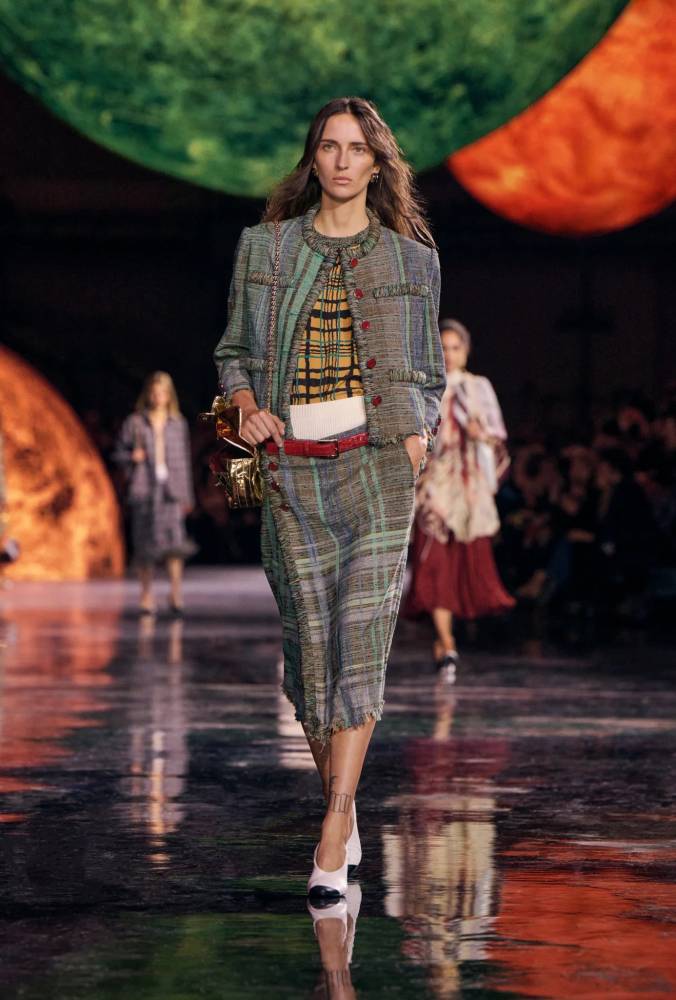
The house that Karl Lagerfeld built
Amid the click-driven hysteria, even the most skeptical fashionphiles were diving into the comment section of what had become the loudest debate of the season: some hailed the show as genius; others insisted, “This is no longer Chanel”—or worse, “Chanel is dead!”
But is Chanel dead? Or is this simply confusion between the house Karl Lagerfeld rebuilt and the legacy he left behind? I was born into the era of Lagerfeld’s Chanel; his world of tweed suits, black and white camellias, pearls, and urbane fantasies has become so expected that anything outside it feels unrecognizable. The other Chanel I knew existed in books, documentary films, and glossy tributes I devoured—stories I studied and, in many ways, internalized. Her life, to some degree, mirrored my own aspirations: a woman unafraid to carve her path, a rebel at heart, unrestrained by societal expectations.
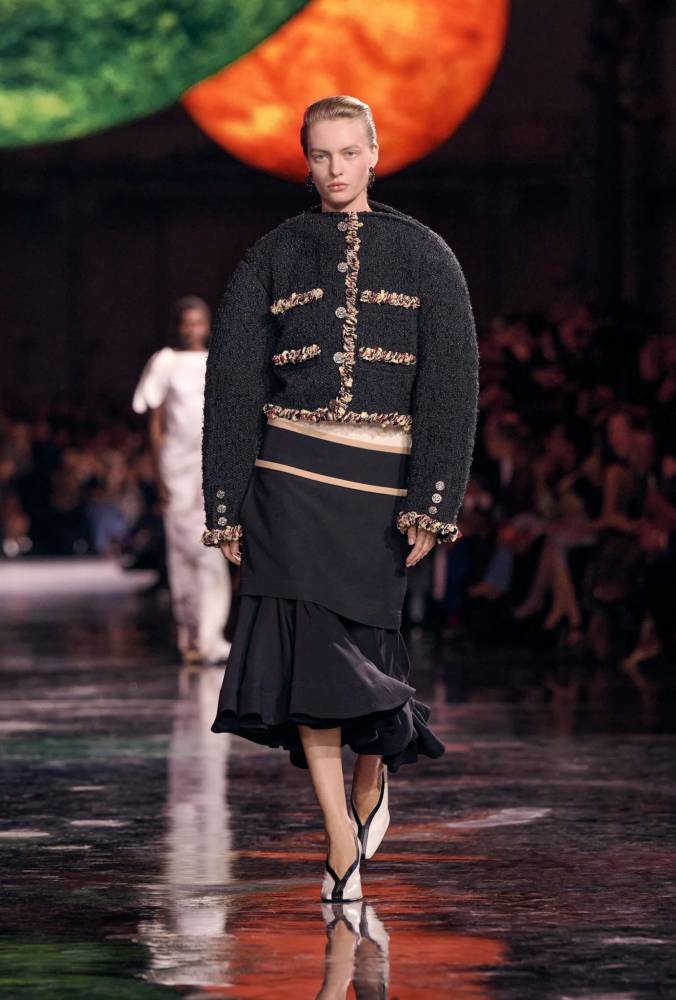
Lagerfeld led Chanel from 1983 until his passing in 2019, shaping nearly four decades of its identity through his own imagination. So it’s understandable that many, without knowing Coco’s origins, may not recognize her in this new direction.
But make no mistake: this is her code. Coco’s styling was always relaxed. She rebelled against corsetry, against the stiffness of society’s dress codes, against everything expected of women in her time. This, in every sense, was appropriately Chanel 2026. Lagerfeld did an extraordinary job for the house, but that was his era, his tweed, his storytelling.
Now, this is Blazy’s. And in his hands, Chanel once again feels alive, progressive, and softly defiant, exactly as Coco herself would have intended.
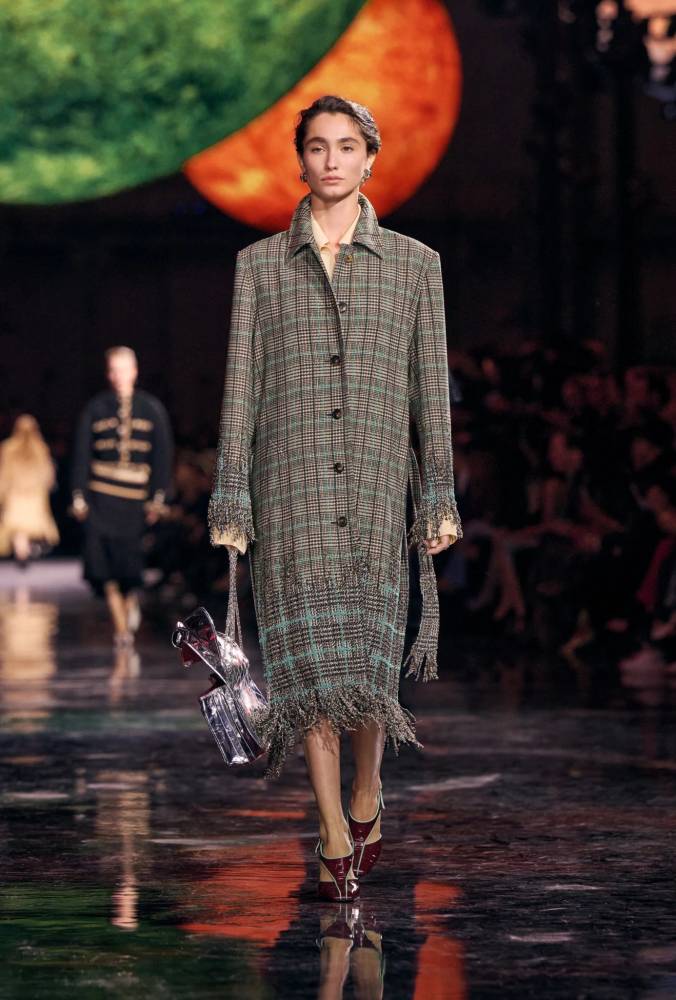
Channeling Coco Chanel’s spirit
Menswear for women has always been woven into the brand’s DNA. Coco herself borrowed from her lovers’ wardrobes, merging comfort with power long before it became fashion. In that same spirit, Blazy has done what I would have imagined Coco would have done today: designed a collection, not for nostalgia, but for Chanel’s future self.
Creative directors are supposed to propel a brand forward. A great creative director creates a dialogue between a brand’s codes and the current time, which Blazy did. It’s sophisticated but not restricted. Coco’s spirit is felt throughout, with reimagined looks that trace as far back as the 1920s, silhouettes made modern again through his understanding of ease, proportion, and rebellion.
Blazy’s debut opened with crisp men’s coats in English tweed cut to Chanel’s proportions, appearing alongside sharply tailored trousers and white cotton shirts made by Charvet—a knowing nod to Coco’s own shopping habits. There was an immediate sense of clarity: the lines cleaner, the fabrics lighter, the silhouettes effortlessly fluid.
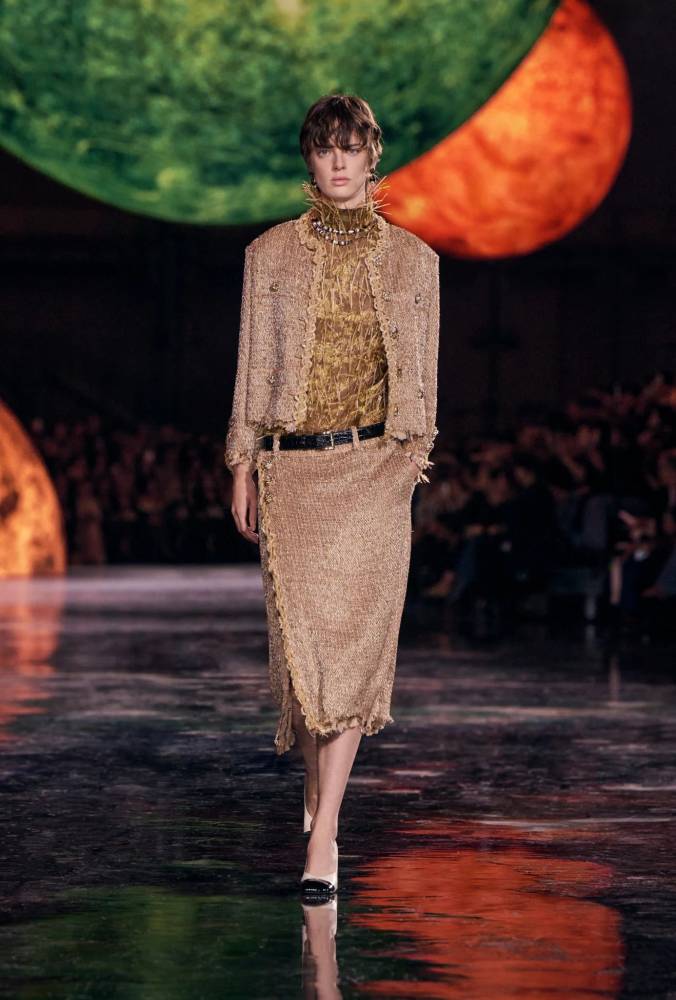
Gone were the boxy, over-embellished jackets of recent seasons. Instead, Blazy offered languid suits and softly structured separates: shifts that skimmed the body, side-split skirts, and matching jackets that moved with grace. Everything felt unburdened, visibly light, and unmistakably modern.
Blazy didn’t just rework silhouettes—he reimagined the very soul of Chanel’s accessories. The iconic 2.55 flap wasn’t pristine anymore; it was softened, casually crushed, as though worn into memory. Those camellias? They don’t bloom stiffly on jackets—they’re weathered, crumpled, beaded with raffia or woven textures, folded into the garment itself.
Necklaces, earrings, and brooches felt drawn from the cosmos: celestial bursts, tubular collars, constellations rendered in glass and hammered metal. Even the two-tone shoes were rethought—slingbacks, architectural sock-like heels, modernized interpretations that extended Coco’s conversation between ease and elegance. These weren’t ornaments; they were extensions of the story.
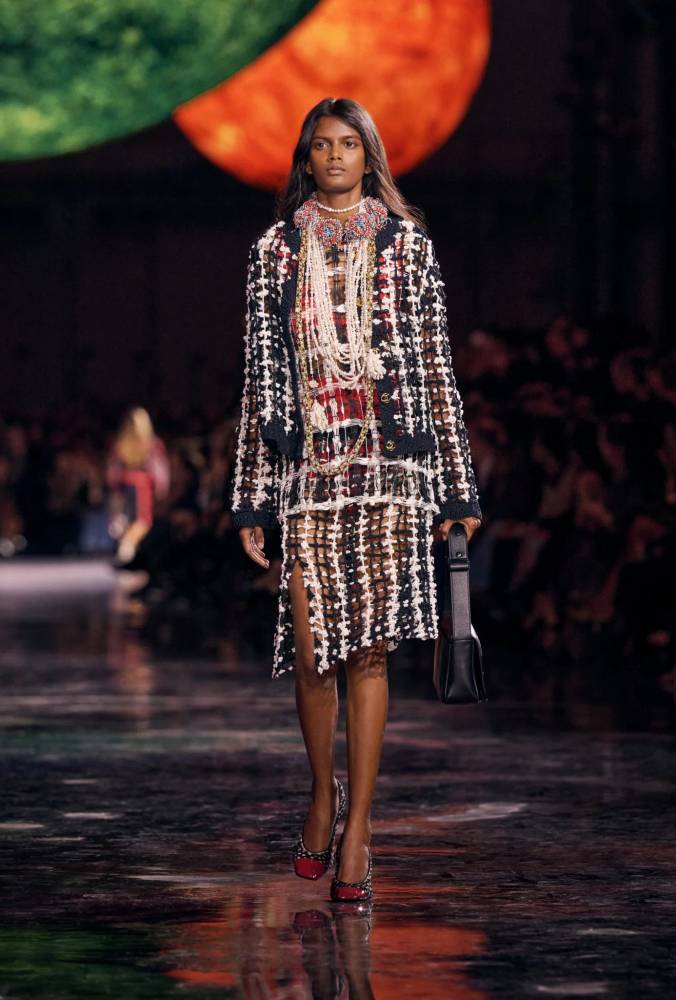
Modernize without erasure
Midway through the show, a rediscovered striped suit from the 1964 archive—deep red and green with flecks of black and yellow—became a symbol of his approach. That story, Blazy believes, belongs not to one woman but to women everywhere. “Let’s explore Chanel around the world, not just think about the Chanel woman.”
This global, almost anthropological lens gave the collection its depth. A rusty-brown tweed skirt with a fringed hem was paired with an embroidered shell top that shimmered like coral. Flowing ball skirts bloomed with spiky, Flemish-inspired flowers. These were not mere embellishments; they were expressions of Chanel’s universality, of cultures and crafts in dialogue.
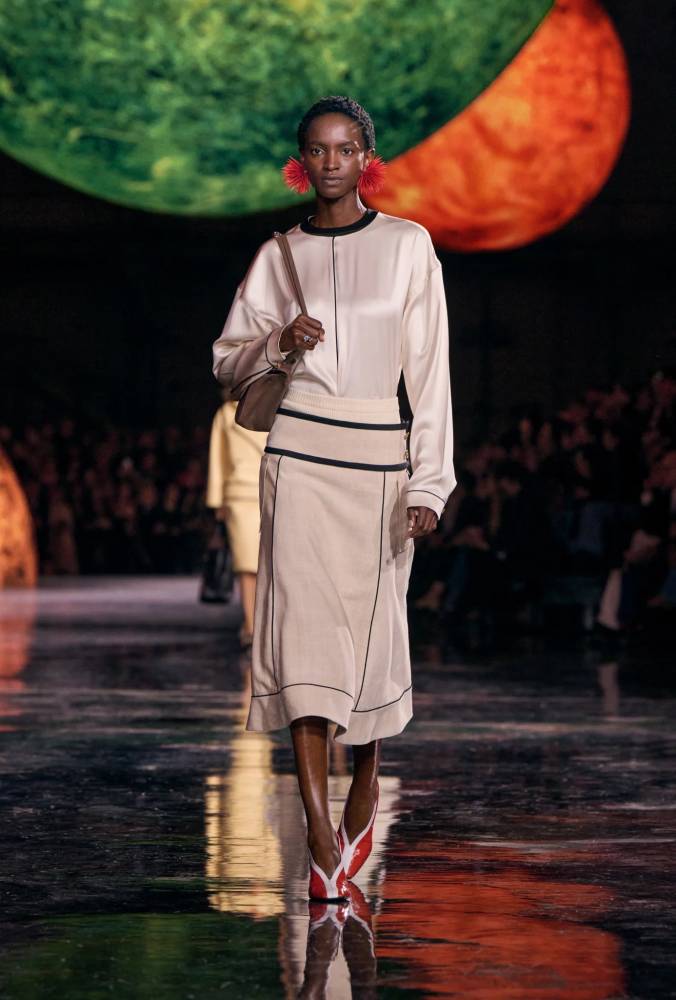
What Blazy achieved is what few designers dare to do today: to modernize without erasing. His Chanel is not about youth, hype, or spectacle. It’s about intelligence, about knowing when to strip away, and when to build anew.
In the end, Blazy didn’t just make a collection. He brought us back to Coco herself. By freeing Chanel from the confines of one man’s legacy, he brought the house back to its original spirit—forward-thinking, unafraid, and grounded in confidence.














